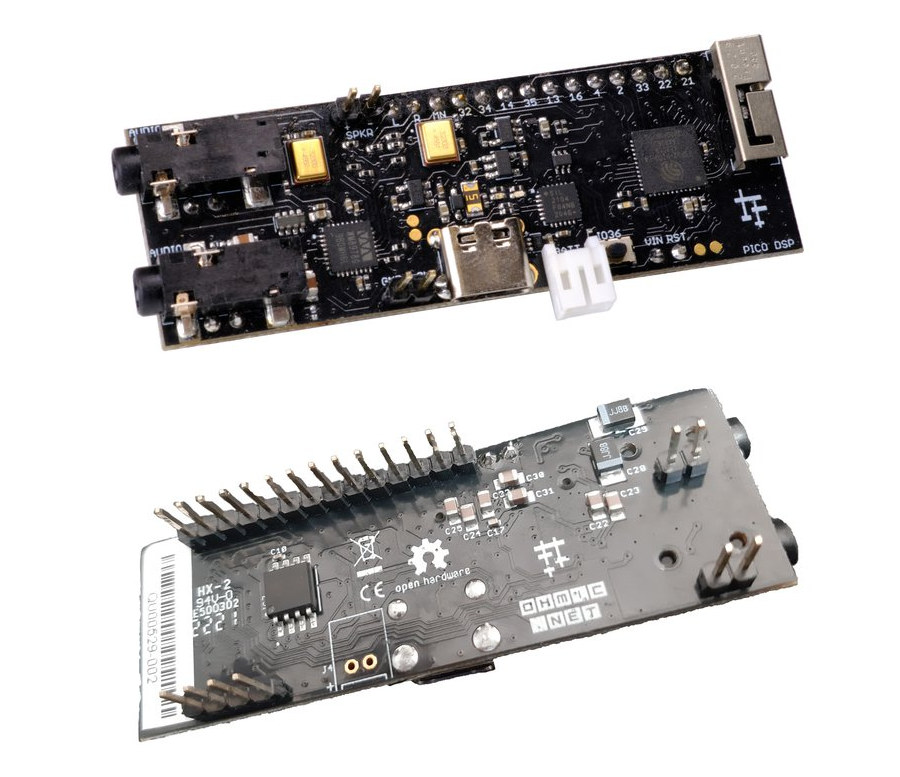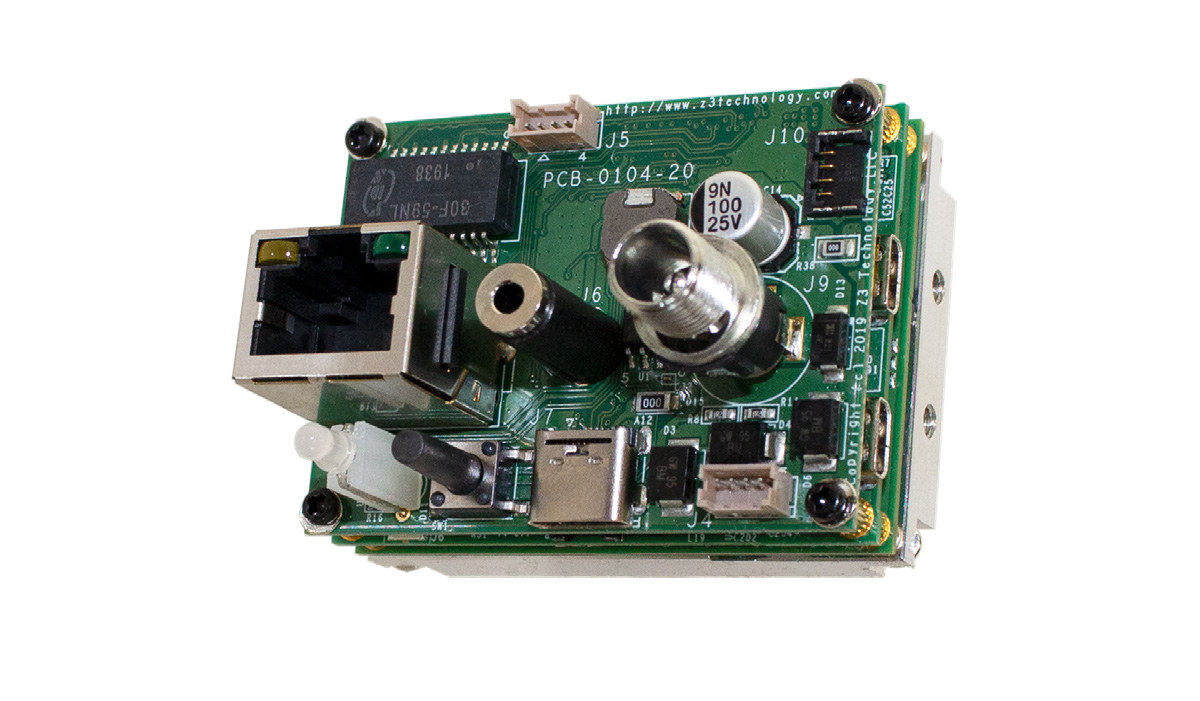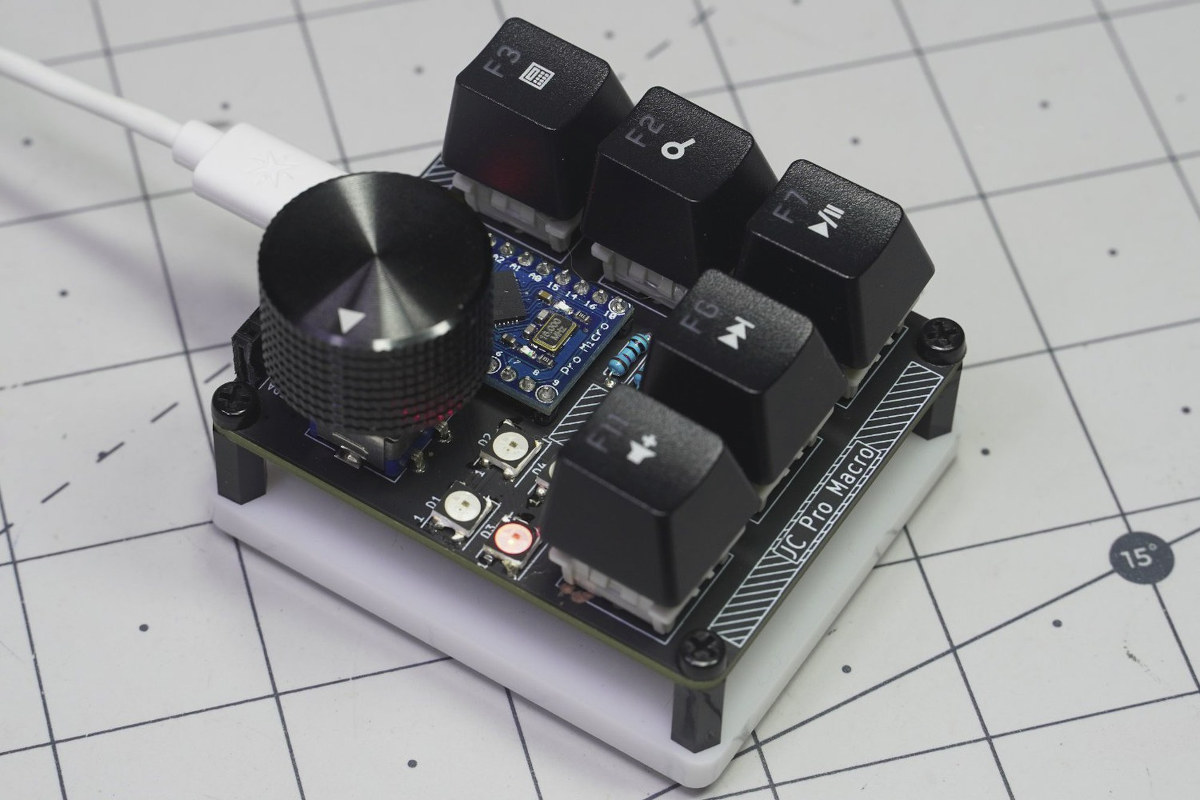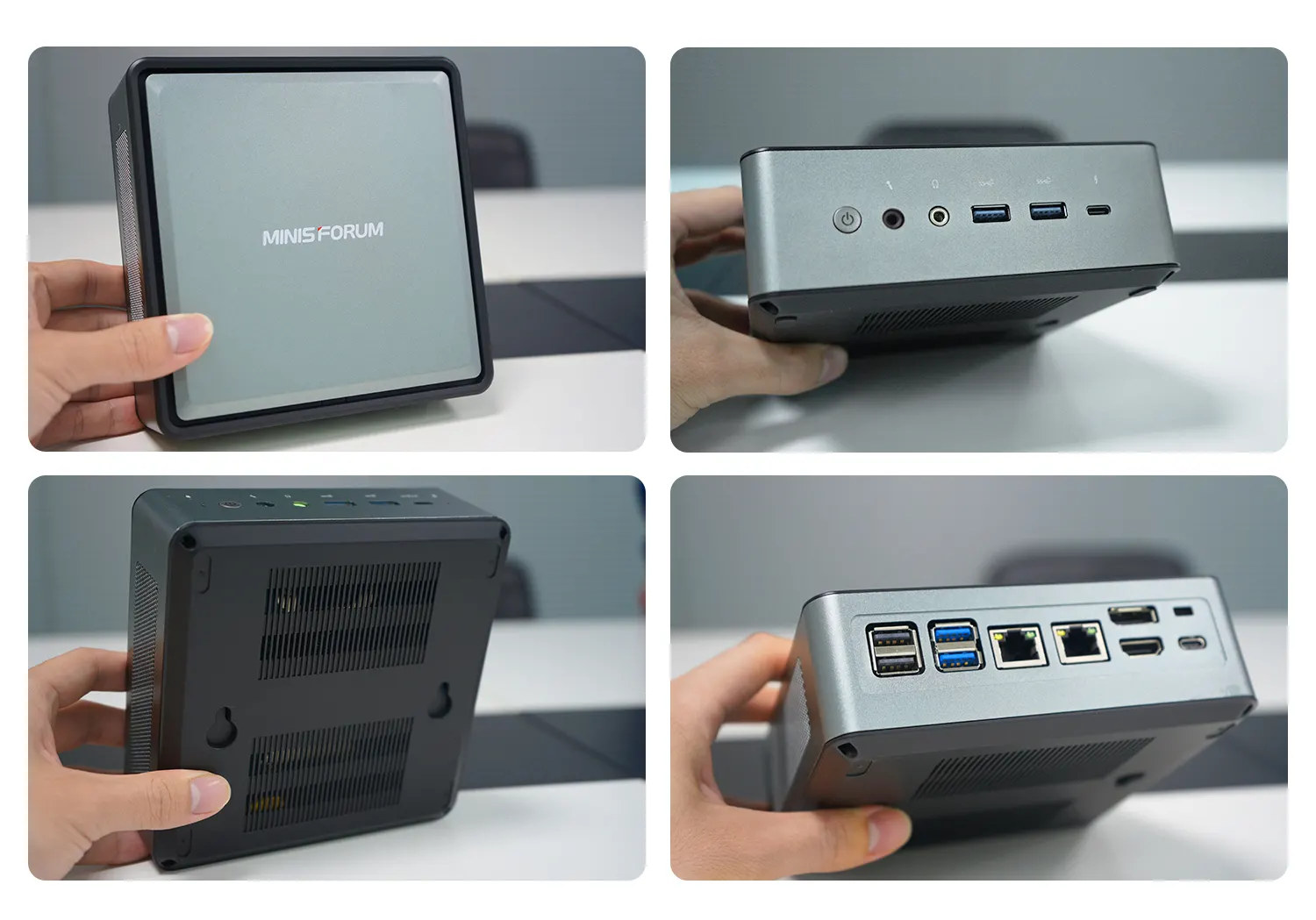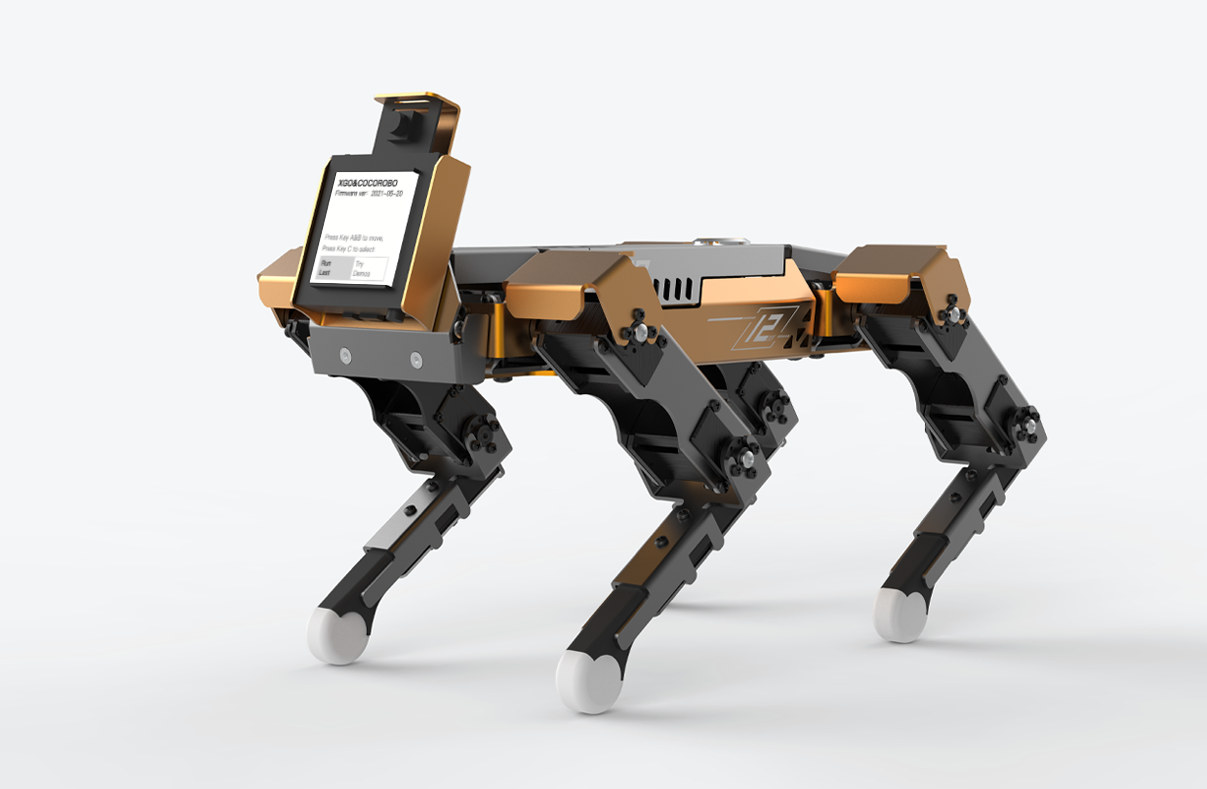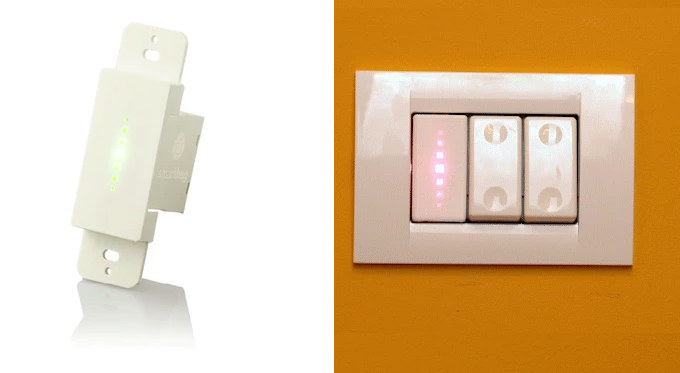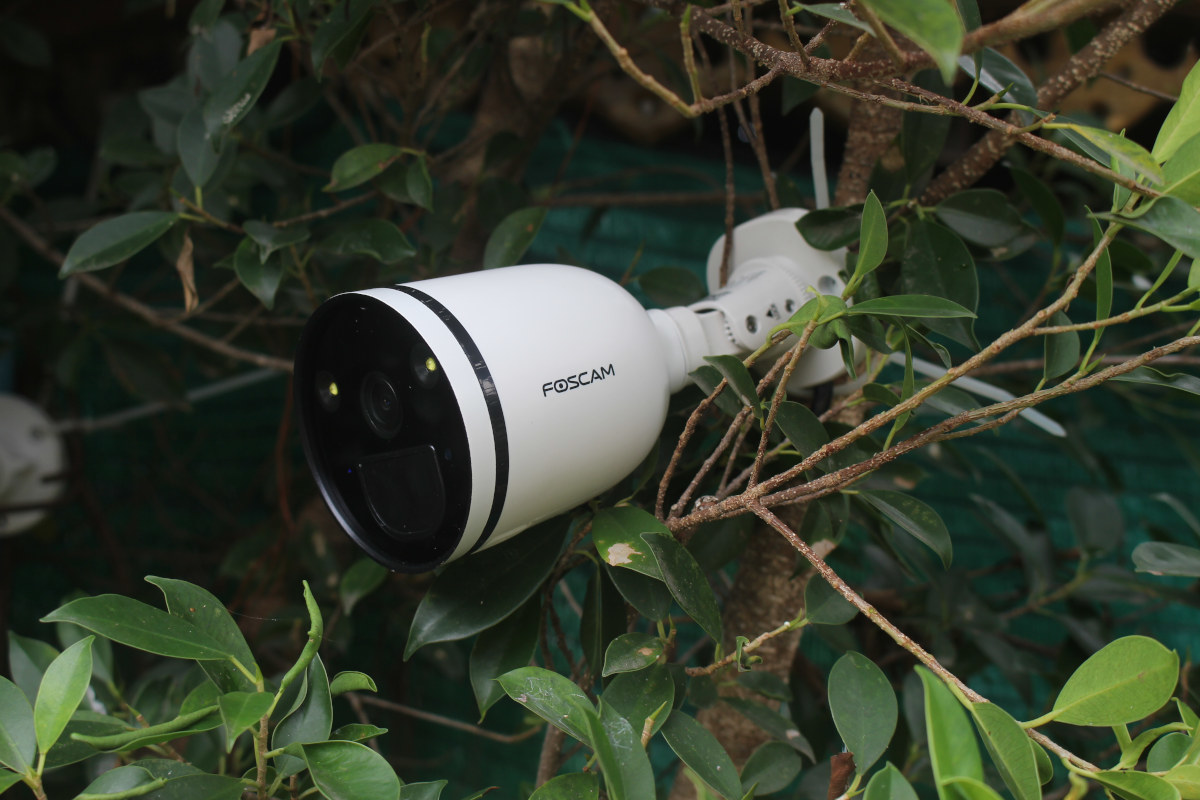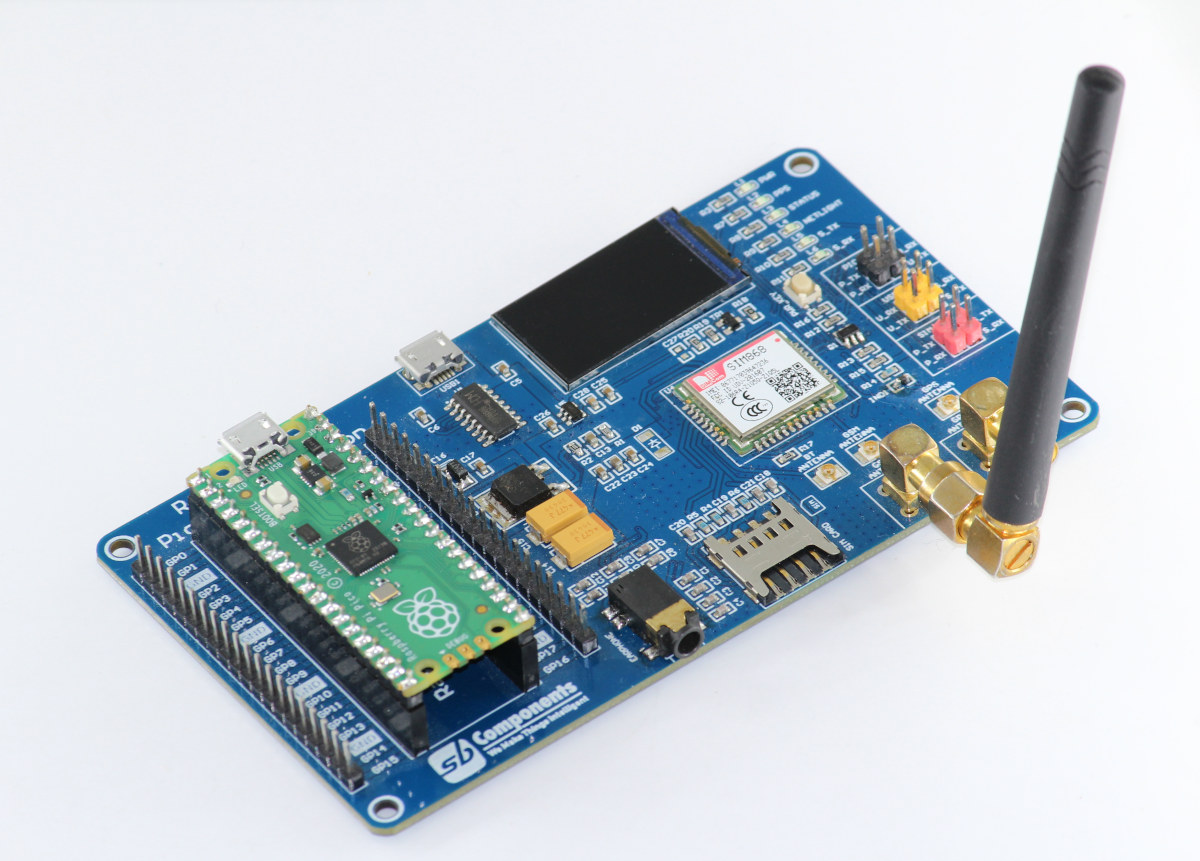ESP32 audio development boards have been around ever since ESP32 boards were introduced starting with Espressif Systems’ own “ESP32-LyraTD-MSC Audio Mic HDK“, and now ESP32 hardware and software have been certified for Amazon Alexa Voice Services. PICO DSP is another ESP32 development board for audio and digital signage processing (DSP) applications. Equipped with a Wolfson WM9878 stereo audio codec, the breadboard-friendly, Arduino compatible board includes two MEMS microphones, audio in and out jacks, a speaker header, plus other audio signals routed to a GPIO header. PICO DSP specifications: SiP – Espressif ESP32-PICO-D4 system-in-package with ESP32 dual-core WiFi 4 & BLE processor, 4MB SPI flash External storage/memory Original Edition – External 64 MB pseudo-static (PSRAM) chip, of which up to 8 MB is currently supported by ESP-IDF. Strawberry Edition – 16 MB of external NOR flash (note: the internal 4MB SPI flash will not be usable after selecting the NOR flash […]
Compact H.265 4K video encoder is made for embedded, medical, and military applications
US-based Z3 Technology has announced the Z3-Q603-RPS, a compact H.265 video encoder system capable of supporting 4K and HD resolutions for embedded, medical, and even military camera applications through NDAA (National Defense Authorisation Act) compliance. The board runs Linux on Qualcomm QCS603 IoT processor for AI and computer vision applications, which we previously found in Microsoft’s Vision AI Developer Kit, supports Ethernet and WiFI 5 connectivity, as well as features such as PTZ (Pan Tilt Zoom). Z3-Q603-RPS H.264 & H.265 video encoder system is comprised of an application board and a module with the following specifications: SoC – Qualcomm QCS603 (aka Qualcomm Vision Intelligence 300 Platform) with four Armv8 cores (2x 1.6GHz Kryo 300 Gold cores, 2x 1.7GHz Qualcomm Kryo 300 Silver cores ), Snapdragon neural processing engine, Adreno 615 GPU at 780 MHz System Memory – TBD Storage – NAND flash (capacity TBD) , MicroSD card socket Video Output […]
Arduino powered 5-key keypad includes a rotary encoder
There was a time when people were happy to interact with their computer with a standard keyboard and mouse. But in recent years, we’ve noticed more programmable, custom-designed keyboards with more ergonomy, a built-in touchscreen display, integrated into a multi-function USB dock/hub, as well as tiny keypads with a couple of mechanical keys to speed up specific functions. JC Pro Macro is another one of those compact USB keypads. Powered by an Arduino Pro Micro board, the keypad features five mechanical keyboard keys, and adds a rotary encoder, plus an optional I2C OLED display for debugging, and some I/Os to control external hardware like a fan. JC Pro Macro keyboard’s features and specifications: MCU board – Arduino Pro Micro compatible board with Microchip ATmega32U4 AVR microcontroller User input 5x programmable keyswitches Rotary encoder to control volume or other “rotary-y” elements, plus a 6th input switch, i.e. you can press it […]
Intel Core i5-1135G7 Tiger Lake mini PC with 12GB RAM sells for $700 and up
Minisforum TL50 is a mini PC based on Intel Core i5-1135G7 Tiger Lake quad-core/octa-thread processor that ships with 12GB RAM, and optional 256GB and 512GB SSD preloaded with Windows 10 Pro. The mini PC also features two 2.5 Gbps Gigabit Ethernet ports, two 2.5-inch SATA drives, one M.2 slot for NVMe SSD, and supports 8K and 4K monitor setups through HDMI, DisplayPort, and USB-C video outputs. It was announced a few months ago, but it’s now available for sale for $699.99 and more on Banggood depending on storage options. MINISFORUM TL50 specifications: SoC – Intel Core i5-1135G7 4 cores/8 threads Tiger Lake processor @ 2.4 GHz / 4.20 GHz (Turbo) with 8MB cache, 80 EU Intel Iris Xe Graphics @ up to 1.30GHz; TDP: 12 to 28W System Memory – 12GB LPDDR4 soldered on board Storage M.2 2280 socket for NVMe PCIe SSD optionally fitted with a 256GB or 512GB […]
XGO Mini Pro robot dog features Kendryte K210 AI processor (Crowdfunding)
[Update: Initially published on July 30th, XGO Mini Pro robot dog is now up on Kickstarter. While it was listed on the Kendryte K510 product page, it is only offered with the earlier Kendryte K210 in the crowdfunding campaign] Kendryte K510 RISC-V AI processor is the successor of Kendryte K210 with much more AI processing power (2.5/3 TOPS) that makes it suitable for robotics projects demanding much lower latency and quasi-real-time inference. One of the first products to be compatible with both Kendryte K510/K210 capabilities is Luwu Intelligence Technology’s XGO Mini Pro, a four-legged robot that looks like a dog with a tiny head providing the “smarts” for the system including face detection, image recognition, object tracking, voice recognition, and so on. We first found the description of the robot on Canaan’s website is rather short with an explanation that when equipped with is equipped with a 9-axis IMU and […]
SmartBug smart switch integrates neatly into in-wall sockets (Crowdfunding)
SmartBug is a smart switch based on ESP32 wireless SoC, equipped with several sensors to measure temperature, humidity, power usage, and listen to sounds. It is designed to fit neatly into most in-wall sockets found around the world. Each SmartBug relies on mesh networking to communicate with each other and extend the range, WiFi for Internet connection, and Bluetooth low energy (BLE) to control additional devices without the need for any additional hub. SmartBug’s key features: MCU – 32-bit dual-core microcontroller with WiFi, wireless mesh, Bluetooth LE Connectivity 2.4GHz WiFI 4 Wireless mesh to let SmartBug act as a signal repeater Bluetooth 4.0 and BLE to control home appliances Audio Digital microphone for voices commands, baby crying (only enable if the plugin is downloaded in the app). Buzzer On-Off Relay up to 2200W, both AC and DC. Sensors – Temperature & humidity sensor, built-in power meter (current, voltage, and power) […]
Foscam SPC review – Part 2: Human detection, Android app, ONVIF support
In the first part of Foscam SPC WiFi spotlight camera review, we checked out the specifications, the package content, and some of the main components of the camera with SigmaStar SSC337DE processor and a Realtek RTL8822CS dual-band WiFi 5 module. I’ve now had time to play with the camera and tested it with the Foscam Android app, including human detection, and enabled ONVIF support to use the camera with compatible third-party apps or programs. Foscam SPC installation and setup with Android app Foscam SPC camera is designed to be wall-mounted, but for this review, I simply attached it to the branch of a small tree. Note that contrary to the other cameras I’ve tested, the camera angle can only be adjusted up and down or rotated, but there’s no direct left or right adjustment. I’ve also connected the power adapter to power up the camera, but I did not install […]
Pico 2G Expansion adds GSM/GPRS & GNSS to Raspberry Pi Pico (Crowdfunding)
You may have heard about the 2G/3G sunset with the older cellular networks being phased out in many countries. But it’s not always straightforward, as telecom operators may have to obtain regulators’ permission for the shutdown notably because of the eCall emergency services integrated into cars in Europe. Eventually, eCall will be migrated toward IMS Voice and 2G M2M services to 4G LTE IoT and 5G LPWA, but in the meantime, 2G networks are still operating in parts of the world, and UK-based SB Components has just introduced the Pico 2G Expansion board for Raspberry Pi Pico based on the SIM868 module. Raspberry Pi Pico 2G Expansion specifications: Compatible with Raspberry Pi Pico board Display – 1.14-inch LCD Cellular & GNSS Connectivity SIM868 module with GPRS multi-slot class 12/10, mobile station class B GSM 850/900/1800/1900 MHz GNSS – GPS/GLONASS/BDS Bluetooth 3.0 with audio support SIM card holder 2x SMA antenna […]


